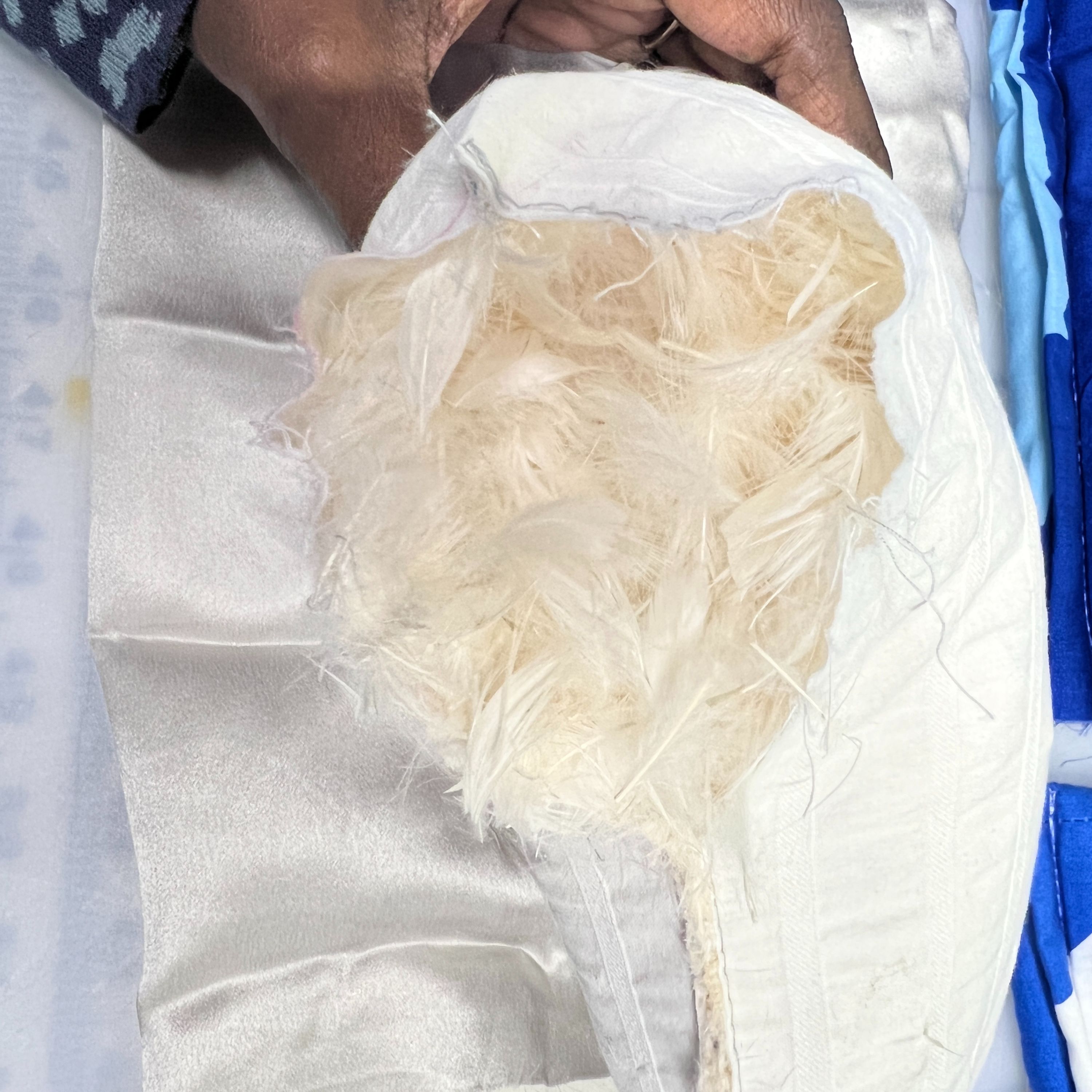Preorder the beautiful 2023 Black Women Stitch Wall Calendar here
Episode 138 of Black Women Stitch, Fabric Intake Process
BlackWomenStitch Instagram, homepage, Patreon
Sign up for the Black Women Stitch quarterly newsletter
Check out our merch here
Leave a BACKSTITCH message and tell us about your favorite episode.
Join the Black Women Stitch Patreon
Check out our Amazon Store
Stay Connected:
YouTube: Black Women Stitch
Instagram: Black Women Stitch
Facebook: Stitch Please Podcast



